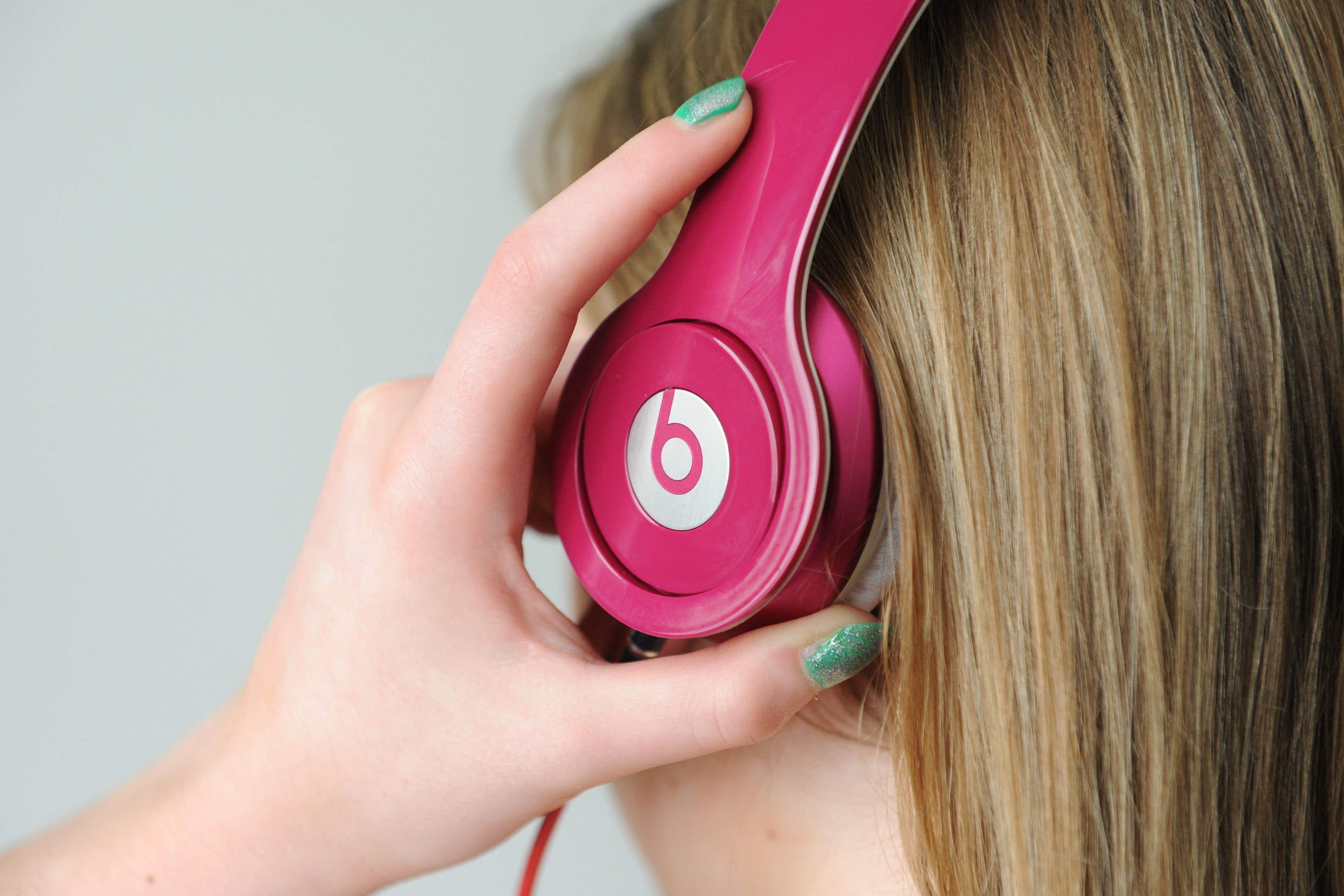Hard-of-hearing music fans prefer a different sound, research suggests
Researchers examined the impact of hearing loss on someone’s enjoyment of music.

Your support helps us to tell the story
From reproductive rights to climate change to Big Tech, The Independent is on the ground when the story is developing. Whether it's investigating the financials of Elon Musk's pro-Trump PAC or producing our latest documentary, 'The A Word', which shines a light on the American women fighting for reproductive rights, we know how important it is to parse out the facts from the messaging.
At such a critical moment in US history, we need reporters on the ground. Your donation allows us to keep sending journalists to speak to both sides of the story.
The Independent is trusted by Americans across the entire political spectrum. And unlike many other quality news outlets, we choose not to lock Americans out of our reporting and analysis with paywalls. We believe quality journalism should be available to everyone, paid for by those who can afford it.
Your support makes all the difference.Hard-of-hearing music fans prefer louder lead vocal and tunes with higher frequencies, new research suggests.
Millions of people around the world have some form of hearing loss, and although hearing aids and cochlear implants can help, auditory experiences such as speech and music, are affected the most.
Researchers looked at the impact of hearing loss on someone’s enjoyment of different music mixes.
Several individual tracks, such as vocals, instruments and synthesized sounds, are all recorded separately and mixed to make the final product of modern pop or rock music.
Generally, hard-of-hearing listeners have reduced frequency selectivity and impaired level perception
In order to cater to listener preferences, mixing might include raising or lowering the volume of one of the tracks or amplifying the high- or low-frequency sounds.
Study author, Dr Kai Siedenburg of the University of Oldenburg, Germany, said: “Mixing is tailored to suit the needs of normal-hearing listeners
“We wanted to explore whether there are actually differences in mixing preferences between normal-hearing and hard-of-hearing listeners.”
The researchers played different music mixes to listeners with and without hearing loss.
According to the findings, those with hearing loss preferred louder lead vocals, higher frequencies, and sparser mixes with fewer frequencies overall.
One approach could be to offer a couple of different mixes, one for the general public and one for people who are moderately hard of hearing
Aravindan Benjamin, who was another study author, added: “Generally, hard-of-hearing listeners have reduced frequency selectivity and impaired level perception.
“They tend to prefer louder levels of lead vocals compared to normal listeners.”
According to previous research from the group, music steadily shifted to quieter vocals and louder instrumentals leading up to 1975 and has remained there.
This indicates today’s music may be less accessible to those with hearing loss.
The researchers say that hearing aids can remedy these issues to a degree, but they are not available to everyone and come with their own set of problems.
Some users might prefer to adjust their music with software rather than listen to the default mix through hearing aids.
Certain adjustments to the mix might help to cater to the needs of this group of people in a better way
“Getting good headphones, for example, and then playing around with the equalization might be a better approach than trying to squeeze everything through the hardware of the hearing aid,” said Dr Siedenburg.
Experts suggest the biggest difference must come from the production side.
Dr Siedenburg added: “One approach could be to offer a couple of different mixes, one for the general public and one for people who are moderately hard of hearing.
“Certain adjustments to the mix might help to cater to the needs of this group of people in a better way.”
The findings are published in The Journal of the Acoustical Society of America.